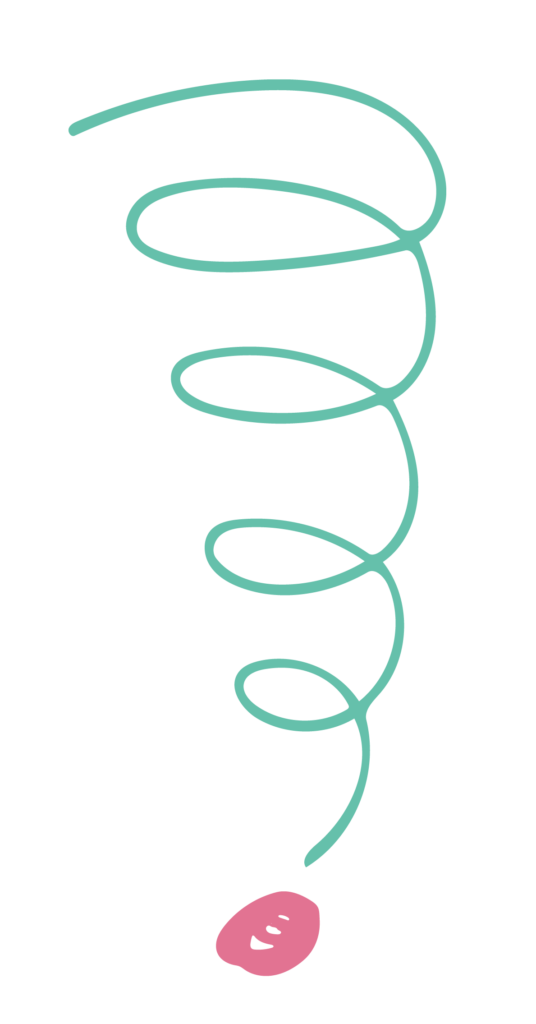Being aware of Automatic Negative Thoughts
It can help to be more aware of the anxious or negative thoughts that can feed the Vicious Cycle and increase your anxiety.
Automatic Negative Thoughts (ANTs) are the thoughts that often pop up automatically in the brain and cause unpleasant feelings. Some examples of this ‘short-cut’ way of thinking are: ‘I’m stupid’, ‘I’m a bad mother’, ‘I’m not pretty enough’, ‘I’m a failure’, ‘I’m rubbish at my job’.
Recognising your ANTs is the first step to challenging them. Download the ANTs and unhelpful thinking styles sheet to help you identify any ANTs and find ways of changing them.
Automatic Negative Thoughts (ANTs) and unhelpful thinking styles
Catastrophising or ‘what if’ thinking is particularly common. Life is full of uncertainties and it’s easy to worry about all the possible things that might go wrong.
- What if I lose my job and can’t pay my mortgage?
- What if I get sick and can’t work?
- What if my boyfriend finds someone else?
This kind of worrying can’t stop bad things happening and can lead to a spiral of worrying which feeds the vicious cycle. Worrying about things that might happen in the future can also stop you enjoying life in the present.

The Worry spiral diagram shows how one small thought can spiral out of control and gives you help to keep these worries under control.
The Worry spiral
MindWell self-help activity
You will need to print off the worksheets or download them to a computer or laptop to complete this activity.
Keeping a Mood or thought diary
Keeping a record in a Mood diary can help you to recognise how what you’re thinking can affect your feelings and your mood.
Use the diary to note down whenever you notice an automatic thought that gives you an unpleasant or distressing feeling. Then use the ANTs and unhelpful thinking styles sheet to identify which types of ANTs you tend to think.
Mood diary (worksheet)
It can be difficult at first to look at your negative thoughts in this way. You will find, however, that writing them down can help you to highlight patterns of thinking which can then make it easier to challenge any ‘thinking errors’.
Do you often assume something is true just because you have thought it? Do you presume what someone else is thinking or try to predict the future, expecting something bad to happen?
Changing unhelpful ways of thinking
Once you have used the Mood diary to identify your ANTs, you can look at these thoughts in more detail and change any unhelpful thinking. Trying not to think these thoughts can just make your anxiety worse – it’s much better to challenge them and tackle worries directly.
You can use the Ten steps to challenging an unhelpful thinking style worksheet to help you question just how inaccurate your thoughts are and help you adopt more positive ways of thinking.
10 steps to challenging an unhelpful thinking style worksheet
When completing the sheet have a look at these examples:
10 steps to challenging an unhelpful thinking style worksheet (with example – mind reading)
10 steps to challenging an unhelpful thinking style worksheet (with example – fortune telling)
Challenging ‘hot thoughts’
The ANTs which upset you the most and cause the strongest emotional reaction are known as ‘hot thoughts’. These are often long-held beliefs and may well hold no truth in reality. It’s easy to get into the habit of presuming that these ANTs are ‘facts’ without actually stopping to question whether there is, in fact, another more positive and balanced way of thinking.
Use the Challenging a hot thought sheet worksheet to help you challenge these ways of thinking by finding evidence against the thought.
Challenging a hot thought worksheet
Challenging a hot thought worksheet (with example)
When looking at evidence against the thought, consider the following:
- Are you not seeing or ignoring the evidence against the thought?
- What would a friend or someone you trust say about your thoughts?
- What’s a more realistic way to think?
You can then find a more helpful and balanced way of thinking.
